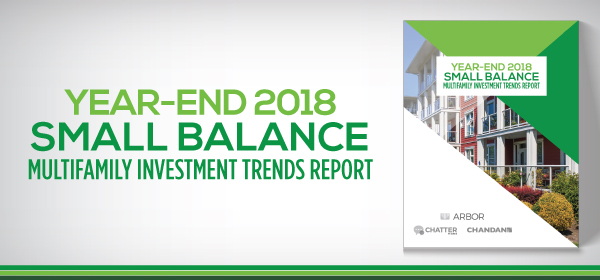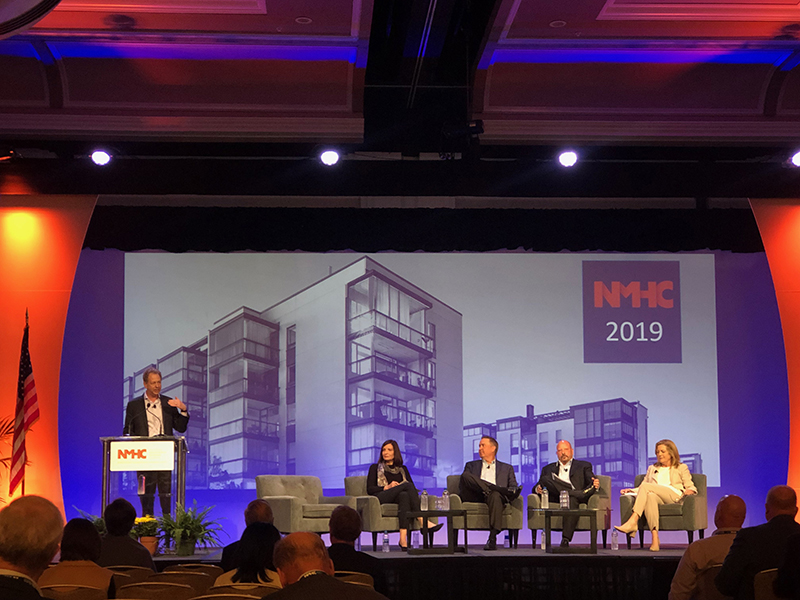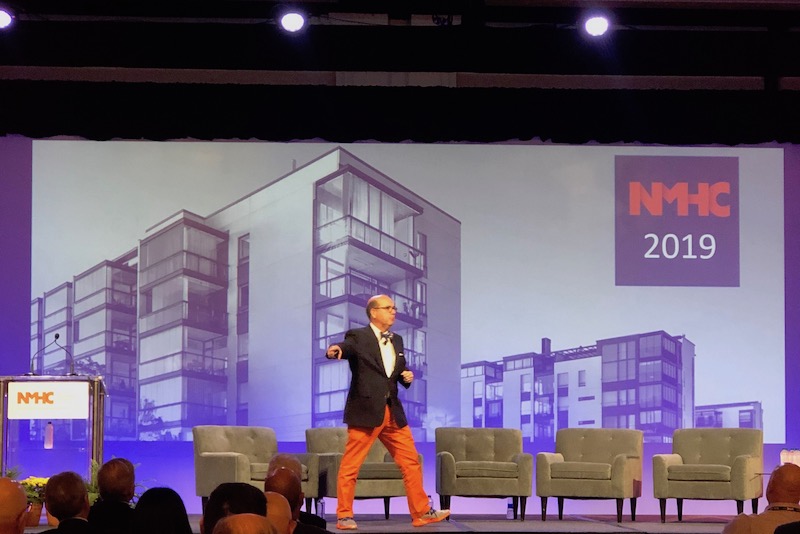Affordability Poses New Challenges to Low-Income Housing Market Arbor’s Affordable Housing Trends Report Fall 2022, developed in partnership with Chandan Economics, examines the affordable housing market’s growth trajectory in a challenging economic climate. Key Findings: Rising construction costs have slowed new Affordable construction as financing gaps for Low-Income Housing Tax Credit (LIHTC) developers have widened. A sizeable expansion of the Housing Choice Voucher (HCV) program was removed from the Inflation Reduction Act of 2022, though the White House continues to call for increased funding in its annual budget resolutions. Nearly 90% of developers reported they will avoid markets with mandatory affordability requirements as local rent control measures are under consideration in five states. Complete the form to instantly access the full report!
NYC Multifamily Market to Experience Slow but Stable Growth in 2019

Panelists at Ariel Property Advisor’s recent Coffee & Cap Rates℠ event in New York City reflected on the city’s rental market performance in 2018, as well as the factors and trends set to impact the sector this year, including interest rate volatility, as well as market and regulatory uncertainty.

Millennial Apartment Renters Flock to Smaller Urban Centers

Smaller metros offer a balance of affordable apartment rentals and growing economic opportunity that is increasingly catching the eye of transient Millennials. Millennials comprise an increasing share of the adult rental population moving from larger to smaller urban centers across asset types.

Las Vegas Posts Highest Multifamily Rent Growth in U.S. in 2018

The Las Vegas multifamily market led the nation with the highest rent growth during 2018, driven by strong migration trends and a high concentration of prime-age workers. A rise in new construction bolstered a slight increase in the vacancy rate, yet it remained among the lowest nationally.

Favorable Multifamily Market Trends to Continue in 2019

The U.S. multifamily market further solidified itself as the premier real estate asset class in 2018. Rents increased for the third consecutive year, while vacancy rates remained low despite historically high levels of development activity. Low cap rates and rising prices didn’t restrain investment activity. Given the favorable demographics surrounding the sector, multifamily investors can expect these trends to continue in 2019.

Multifamily Reset on the Horizon as Gen Z Knocks at the Door

As the generation behind Millennials, known as Gen Z, begins to reach adulthood, the apartment market seems ready for a reset. Property managers will need to adjust their strategies to maintain their assets’ appeal.

Multifamily Rents Surge in Smaller Metros, Even as California Markets Feel the Heat

The renewed economic and cultural dynamism of smaller U.S. metros has pulled apartment rents up, while the housing crisis in the Golden State remains unrelenting. Of the 10 metros that showed the highest average rent increases for small apartment buildings, the majority comprised medium-sized urban centers.

Year-End 2018 Small Balance Multifamily Investment Trends Report

Despite significant pressure from rising interest rates through most of 2018, the small balance multifamily market ended the year strong, with consistent liquidity and borrowing capacity. Whether the macroeconomic and real estate cycles continue to lengthen or begin to see a modest pullback, the multifamily sector is poised to outperform other property types.

Multifamily Firms Share Strategies for Success in the War for Talent

Multifamily owners and managers gathered for a panel at the NMHC Apartment Strategies Outlook Conference in San Diego to discuss the strategies they’re implementing to attract the right employees and entice them to stay with the organization for the long term.

Demography Set to Be the Next Disruptor for Multifamily

Speaking at the National Multifamily Housing Council’s 2019 Apartment Strategies Outlook Conference, MIT AgeLab Director Joseph Coughlin discussed how population shifts and changing generational behaviors could be the greatest disruptor for the housing market.

Major California Metros are the Most Expensive in the U.S. for Apartment Rentals

California included four of the five most expensive metros in the nation for apartment rentals, across both small and large asset multifamily.


